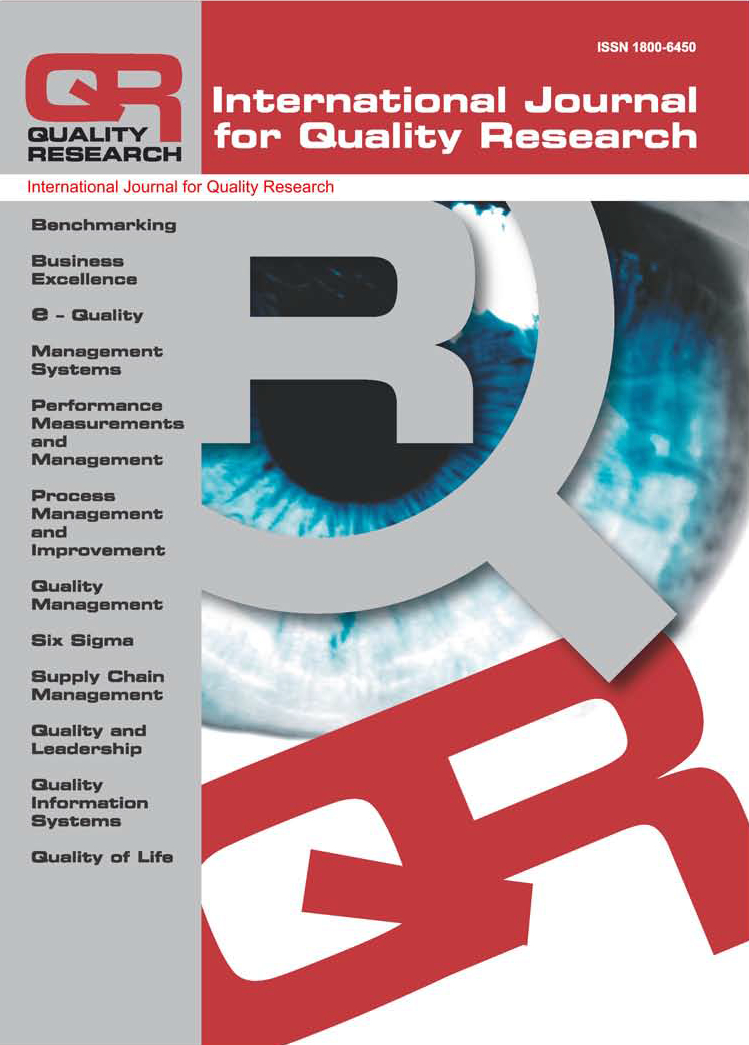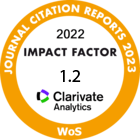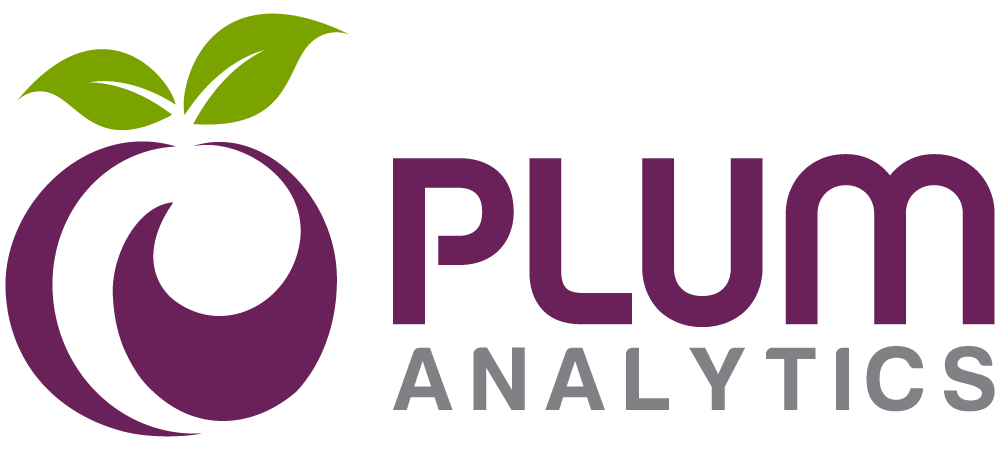SIX SIGMA-BASED RANGE AND STANDARD DEVIATION CHARTS FOR CONTINUOUS QUALITY IMPROVEMENT
Joghee Ravichandran
Abstract: Control charts for range (R-chart) and standard deviation (S-chart) are commonly used charts along with X-bar control chart for variables. One of the major challenges in these charts is the use of appropriate estimators of the unknown population parameters involved in the control limits. In this paper, first a detailed review on the classical charts for dispersion, R-chart and S-chart, is presented and then by applying the concept of Six Sigma quality characteristics, new set of Six Sigma-based R- and S-charts are developed. The motivation of the proposed approach is due to the fact that "specifications refer to the deviations that are permissible from the target and the units produced from a well-behaved process will match the target and standard deviation associated with its specifications". Accordingly, unlike the traditional charts, in this new approach, the unknown population standard deviation related to range and standard deviation are derived from specification using the perspective of Six Sigma. Procedures for obtaining control limits of the proposed Six Sigma-based R-and S-chart are given. The average run length values for the proposed new charts are also obtained for different in-control and out-of control shift values. It is discussed that due to various reasons a process may maintain certain sigma quality level at a point of time that may be in terms of number of sigma. Since the goal of Six Sigma is of 3.4 defects per million opportunities, it is recommended to keep monitoring the process in terms of sigma quality level by using the improved control limits for the purpose of continuous quality improvement every time till the goal is achieved. The proposed charts are illustrated with appropriate numerical examples for better understanding.
Keywords: average run length, defects per million opportunities, Six Sigma-based R- and S-charts, Six Sigma quality, traditional R- and S-charts
DOI: 10.18421/IJQR11.03-03
Recieved: 09.08.2016 Accepted: 09.11.2016 UDC: 005.1
Reads: 1564 







